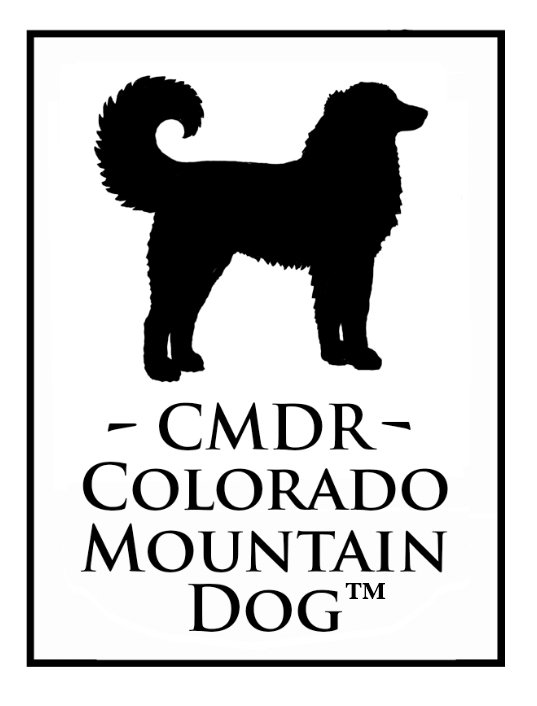~ Articles ~
Leashes, We Do Need Stinkin’ Leashes
Leashes and CMDs are interesting. CMDs will often freak out when leashed, flipping themselves on the ground, or crying out in distress.
This is because dogs grab each other’s necks as a sign of dominance. The submissive dog goes to the ground and is pinned. The dominant dog holds it there until he feels that the other dog is truly submissive, then he will let up.
But a leash doesn’t let go, so the dog no longer knows what he can do to prevent being wounded by the dominant one...in this case, the person holding the leash.
This is how I teach dogs to walk on a leash because I have a lot of dogs, have a lot of visiting dogs, and am older and 5’2”, which is too old and short to be yanked around by big dogs.
I fashion a noose out of a baling twine. I grew up using ropes and nooses to teach horses. The benefit of a noose is that the dog learns it is actually himself that is doing the tightening.
This is how I do it. I put the noose on. I turn away from the dog, and tug lightly to ask the dog to come with me. The dog reacts naturally, to resist the force. I hold that tension that the dog created tight with one hand, reach back with the other, lots of pets and comfort, grasp the noose, and loosen the tension. Then I turn away again, move off, and tug lightly to ask the dog to come. (Be careful of long hair... I always do this with my goat hoof shears nearby in case the hair gets tangled and I have to cut the lead -- but I have never had to).
Repeating this, the dog realizes that pulling isn’t the answer to the problem. He begins to problem solve. The human is the answer to the problem. By waiting for my touch, the noose gets immediately loosened. Then, by coming to me, he can loosen it himself. Then, by following me, the noose never gets tight.
This switches an animal from panic, which shuts off learning, to problem solving, which animals find fascinating. After that, leash walking develops into a sensitive dance of relationship, co-movement, and communication.
After that first lesson, you can also begin leash your dog to a fence beside his food bucket when you feed. This creates a positive association with the leash, and the removal of territorial thinking asociated with eating. It literally trains an LGD to…just…. eat. Make sure you stay there. Leash the dog, make the dog wait for the food, stay while he eats (unless a dog is getting too much food, he should gobble it right up), then praise and unhitch the dog. When my dogs learn this drill, I can feed a lot of them together, and no longer need to leash. They go right to their own buckets and feeding chores are done quickly.
A fence is a great teacher. A dog can’t manipulate it, cry at it, get impatient with it. The dog just has to deal. A fence is a fence.... immutable.... it just is. This is why horse trainers include hitching horses to a fence at an appropriate time in the horse’s education. Whether horse or dog, the fence is not the first lesson. They have to know the basics first.
The finer points of leash work almost have to be in a lesson rather than an article. Leashes should ultimate always be kept slack unless there is an intended cue. You should not feel ongoing stress on your body, and the dog should not have pressure on its neck or harness. That takes some practice. (The above photo shows that Oberon and Wynter get the basics…but they are still leaning into the leash and my arm is extended…so the advance points haven’t been earned yet.) But this will get you started. Remember you want to keep the dogs stress at a minimum, lots of love and praise, as you communicate that the leash is so you and your dog can do things together.

